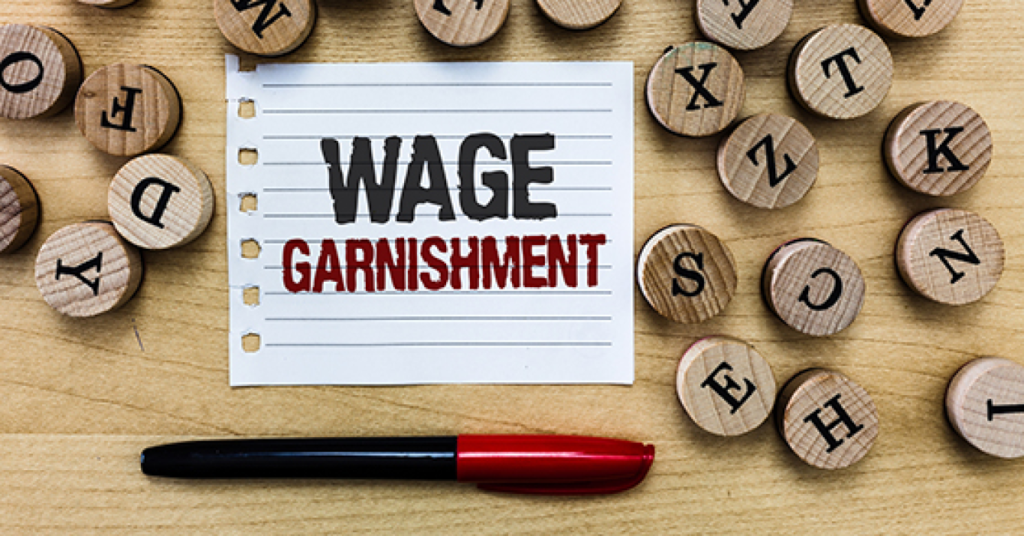Which Judgment Enforcement Method To Choose? And Why?
Why the Wage Garnishmen-Abstract and/or Bank Levy first? Well, these are current assets and may not be around for long. As a general rule, judgment debtors’ lifestyle may be transient; in the sense that they may jump from job to job or from bank to bank. If you know where your judgment debtor banks or works, we suggest that you promptly execute on these assets. Further, these two methods normally yield payment faster than other judgment enforcement methods.

The Judgment Debtor Examination is an excellent strategy if you are unaware of any assets to execute on. You may have already hired an Asset Investigator and were not successful in finding any bank accounts or employment. Or, you are not interested in hiring an Investigator to search for assets. If you employ this method, you will have to have a current address for the Judgment Debtor. The Judgment Debtor Examination is required to be personally served (substituted service is not allowed). Most judgment debtors are unaware that if they are legally served and do not appear at the hearing, the Judge may issue a bench warrant.
Filing a property lien on the Judgment Debtors real property is a terrific “medium to long term investment”. Why? Well once your lien is successfully placed on the property, you may have to wait years to collect. Assuming that a piece of real property has enough equity, you as the judgment creditor will not be paid unless the judgment debtor sells or refinances the property. Keep in mind that your California Judgment continues to collect 10% per annum interest. Over the years, I have received many calls from clients overjoyed that an Escrow has contacted them for a payoff amount. Because the cost of filing is lien is minimal, you should know that most collection law firms will automatically file a lien (in one or more counties) once judgment is secured.